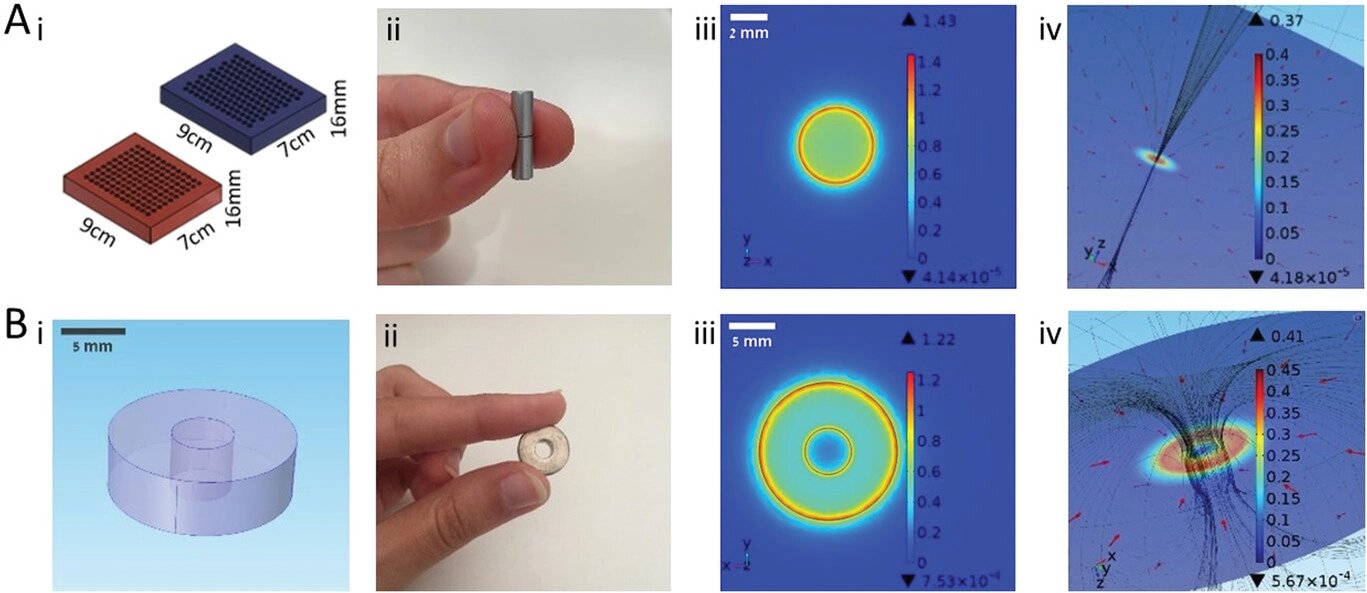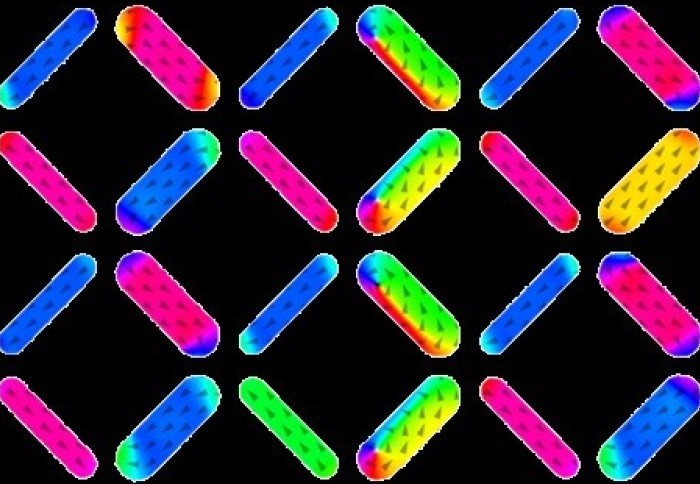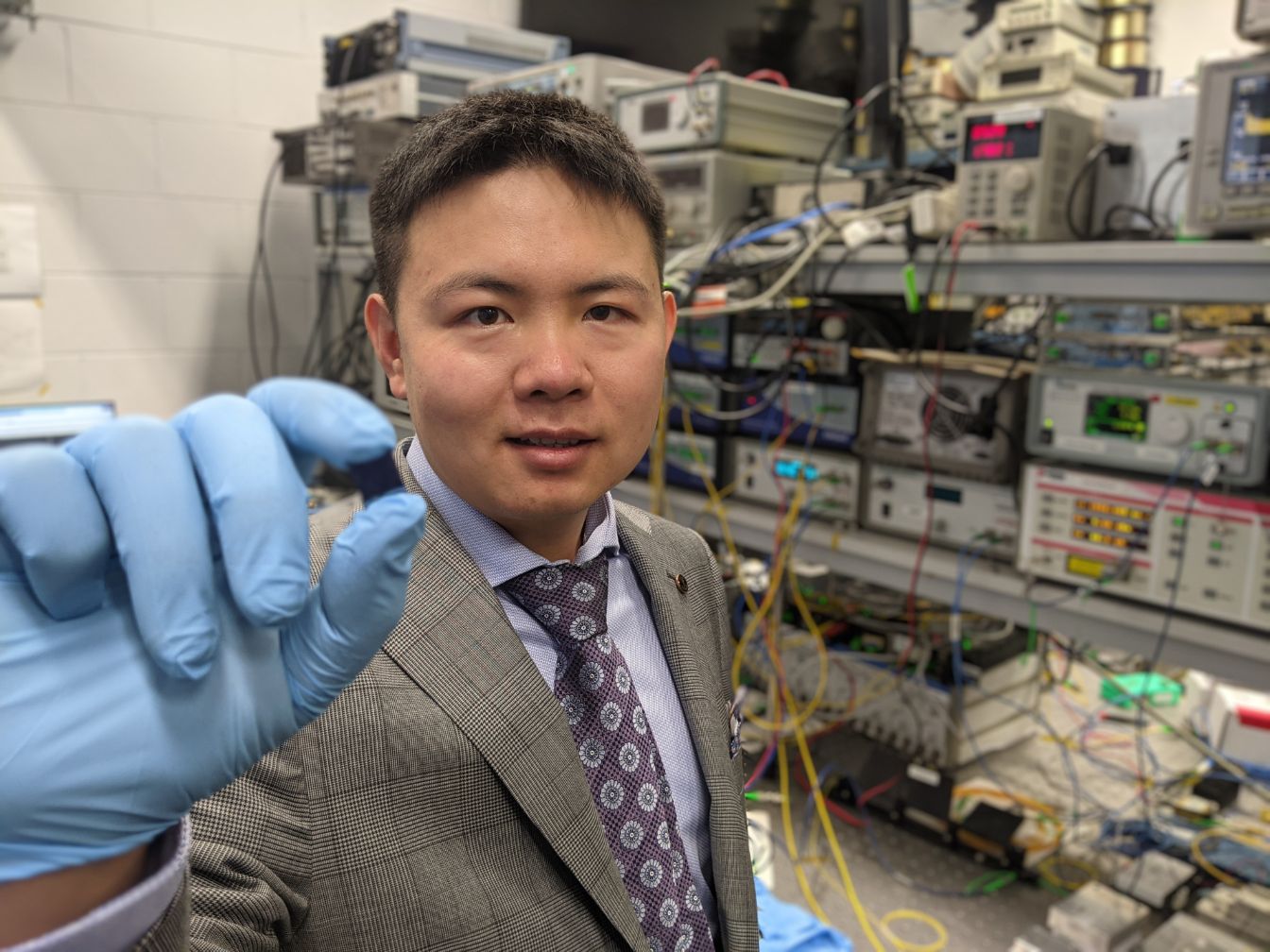
neural networks tagged posts


Researchers have shown it is possible to perform artificial intelligence using tiny nanomagnets that interact like neurons in the brain. The new method, developed by a team led by Imperial College London researchers, could slash the energy cost of artificial intelligence (AI), which is currently doubling globally every 3.5 months.
In a paper published today in Nature Nanotechnology, the international team have produced the first proof that networks of nanomagnets can be used to perform AI-like processing. The researchers showed nanomagnets can be used for ‘time-series prediction’ tasks, such as predicting and regulating insulin levels in diabetic patients.
Artificial intelligence that uses ‘neural networks’ aims to replicate the way parts of the brain work, where neurons talk to...
Read More
An international team of researchers led by Swinburne University of Technology has demonstrated the world’s fastest and most powerful optical neuromorphic processor for artificial intelligence (AI), which operates faster than 10 trillion operations per second (TeraOPs/s) and is capable of processing ultra-large scale data.
Published in the journal Nature, this breakthrough represents an enormous leap forward for neural networks and neuromorphic processing in general.
Artificial neural networks, a key form of AI, can ‘learn’ and perform complex operations with wide applications to computer vision, natural language processing, facial recognition, speech...
Read More
Spontaneous spikes being similar to nerve impulses of neurons was generated from a POM/CNT complexed network. Credit: Osaka University
Molecular/carbon nanotube network devices enable artificial spiking neurons that mimic nerve impulse generation. Researchers have created extremely dense, random SWNT/ POM network molecular neuromorphic devices, generating spontaneous spikes similar to nerve impulses of neurons. They conducted simulation calculations of the random molecular network model complexed with POM molecules, which are able to store electric charges, replicating spikes generated from ] random molecular network. They also demonstrated that this molecular model would very likely become a component of reservoir computing devices...
Read More






Recent Comments